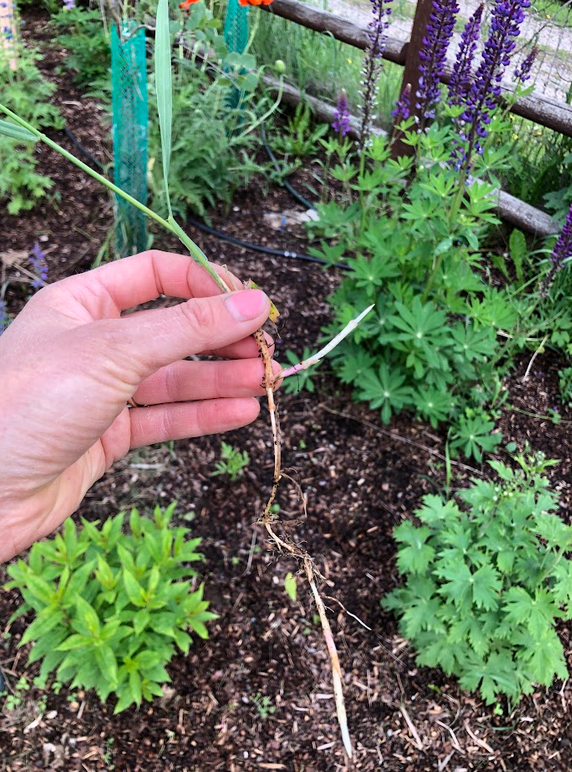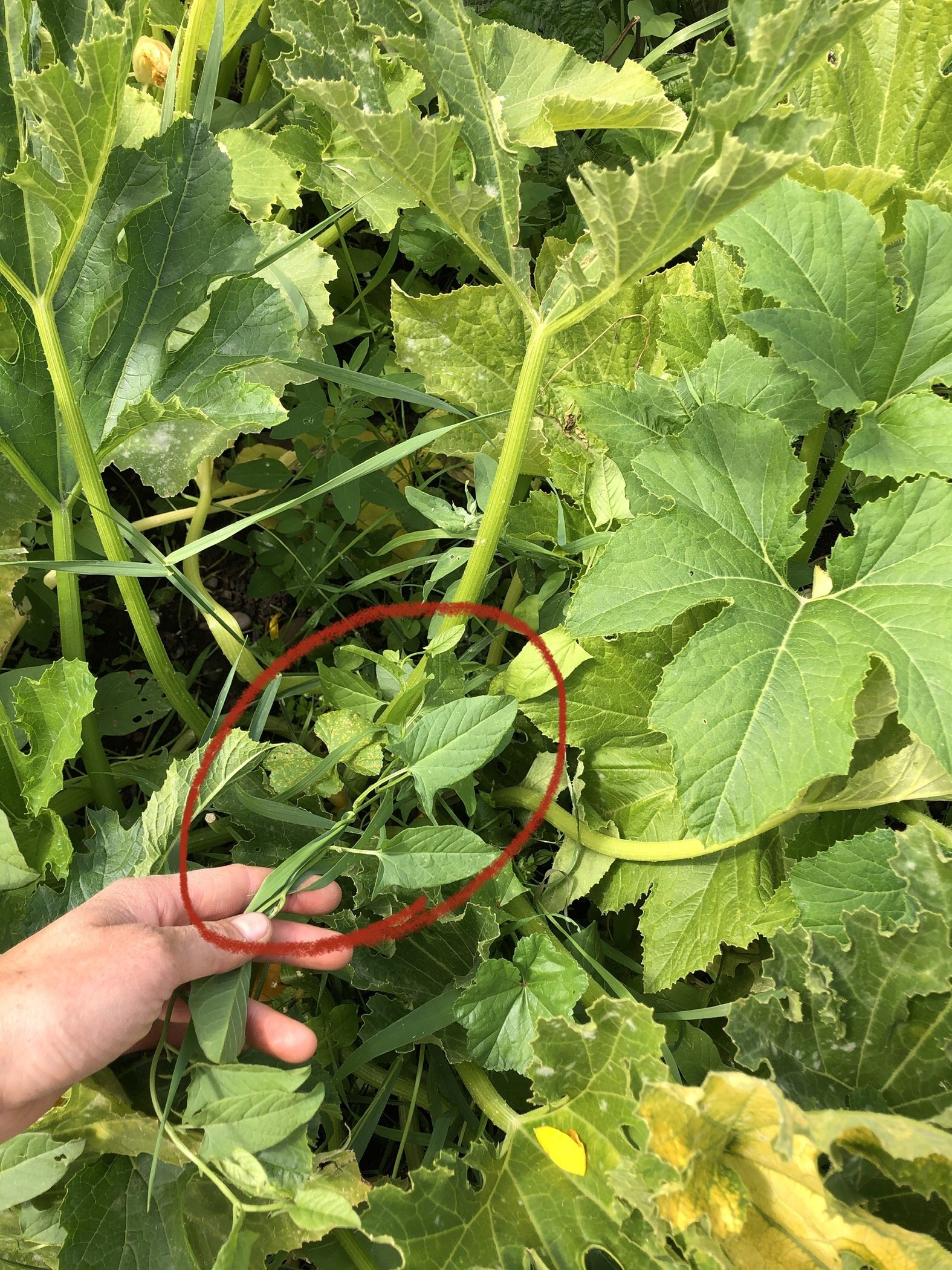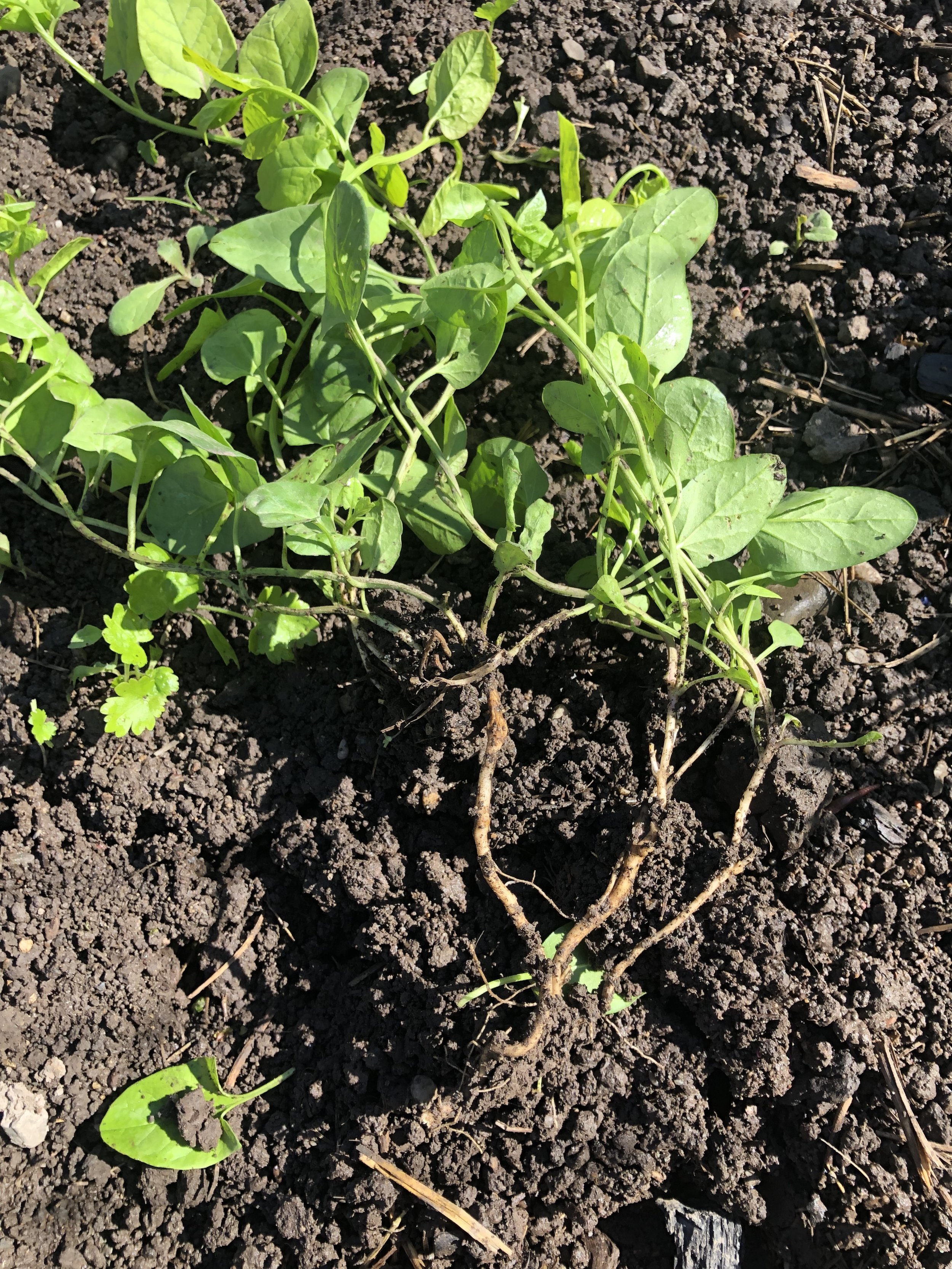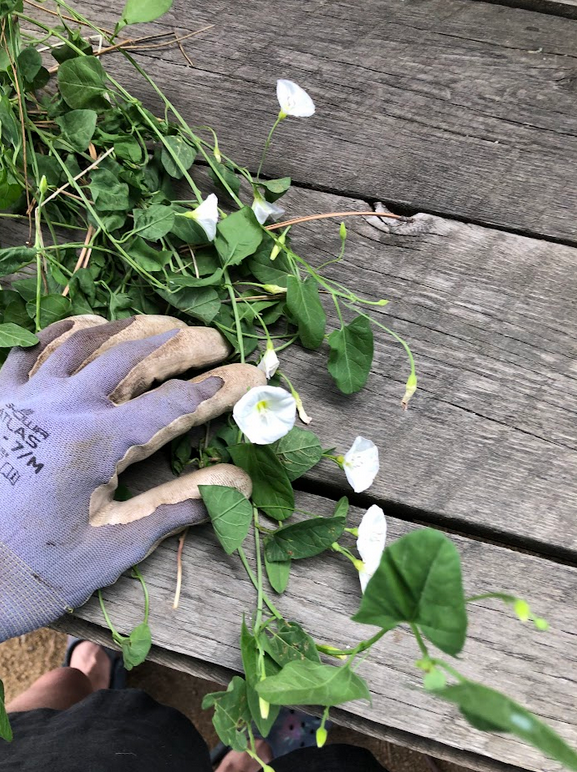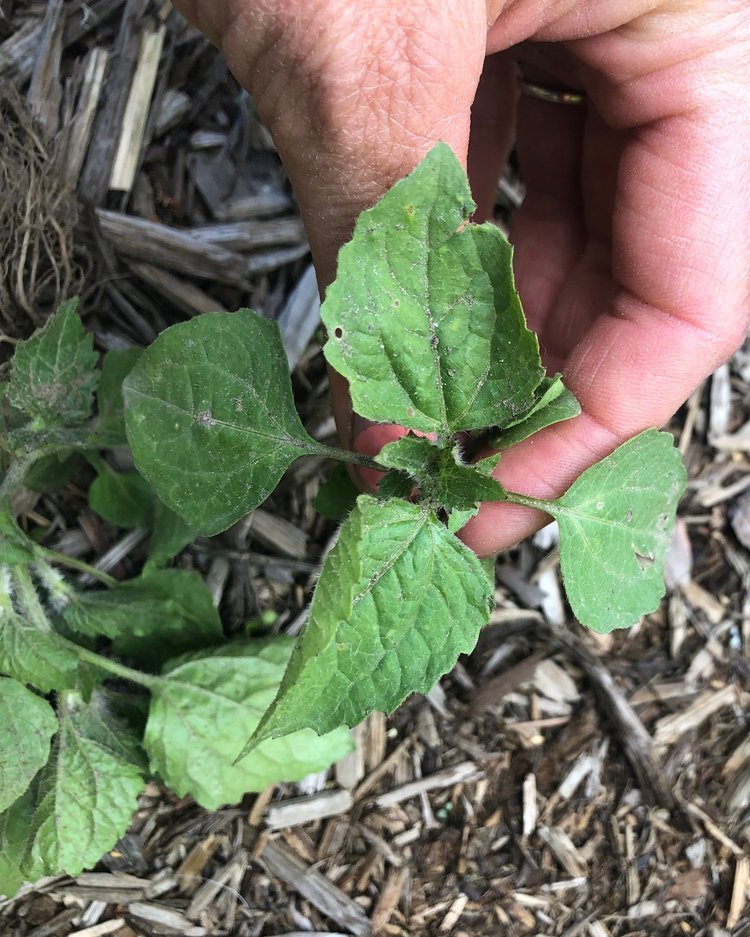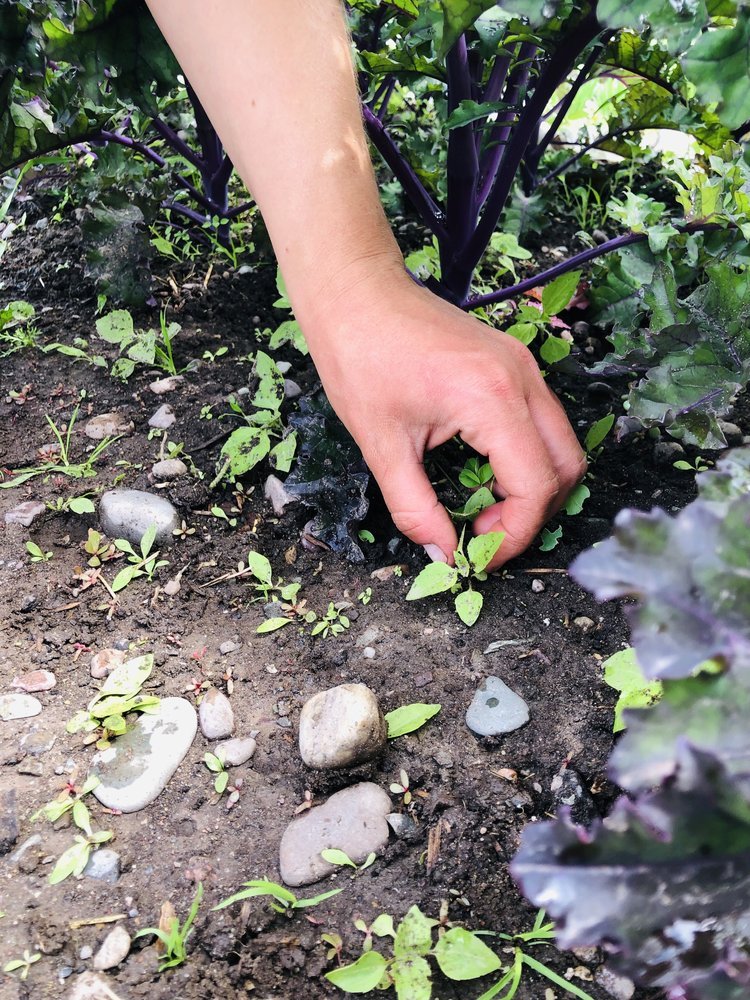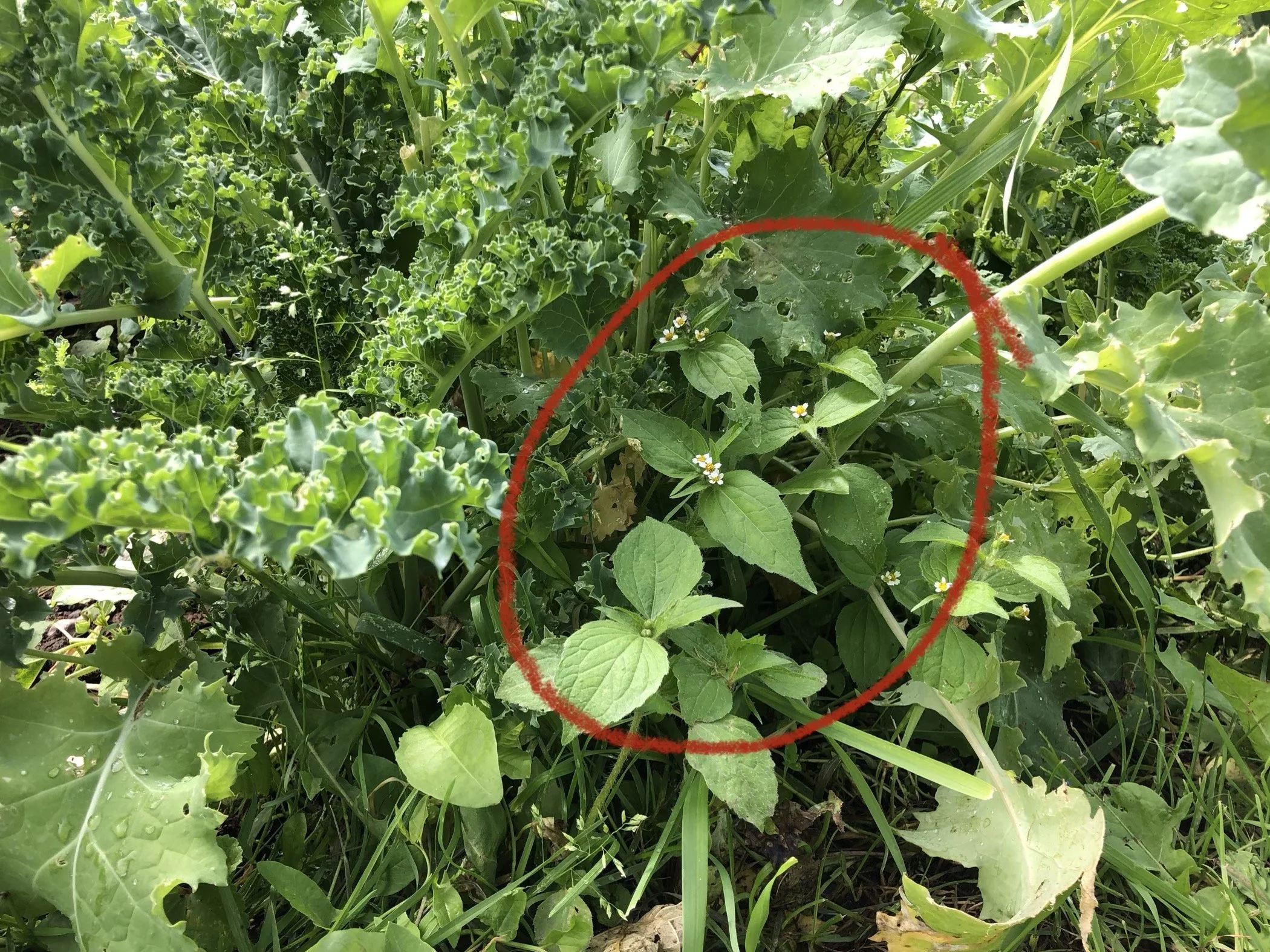Northside Community Garden Orientation
Hello and welcome to the Northside Community Garden!
The Northside Community Garden is the oldest and largest community garden in Missoula. Started in the 1970’s by Missoula Urban Demonstration Project (MUD) and a group of neighbors, Garden City Harvest has expanded and now manages this thriving urban garden and landmark in the heart of the Northside neighborhood. Although the patchwork of plots are a little shy of the standard 15’ x 15’ plot, gardeners say: “what you lack in size, you make up for in depth of dark, rich soil.”
Please read all of the important information below and watch the video tour (link below), so you are familiar with your garden’s amenities and resources. We hope that with an understanding of all the pieces that make up this garden site, you will help us care for it and keep it functioning and thriving for the benefit of everyone.
Important Housekeeping Items:
Always lock the shed and make sure to double check when leaving the garden (spin the numbers and give it a little yank to make sure it is indeed locked),
Communicate with your garden neighbors! Here is the link to the private gardener Facebook group. This is a great way to communicate with fellow gardeners and stay up to date with other happenings or updates in the garden.
Gardeners are responsible for weeding their NORTH and EAST pathways. Updated 2025! Please do your part.
For issues or inquiries, contact the Community Garden Staff or the Garden Leadership Committee (contact info in the shed).
If a water line breaks in the garden, FIRST turn off the water. Find the green valve box to turn off the main water. This is located behind the shed, marked by a piece of rebar and under a pallet. Open up the green box’s lid and turn the valve to turn off the water. There are two boxes back there; the one for the Community Garden will have a red handle that can run either parallel or perpendicular to the pipe (if there’s a spigot type handle, wrong box!). THEN, contact community garden staff. It is also extremely helpful to post about the water issue on the Facebook group, so other gardeners know not to come to the garden planning on watering until the issue is fixed.
GARDEN SHED AND TOOLS
One of the first few things you’ll notice upon arriving at the garden is the garden shed. The shed combination is in the orientation email you just received. Inside the shed, you’ll find communal garden tools, wheelbarrows, hoses and more for your use at the garden. Posted on the walls inside the shed is contact information for Garden City Harvest staff and your garden’s leadership committee (amazing fellow gardeners who volunteer their time to help you and Garden City Harvest staff). A first aid kit, important safety information, and other important documents will also be in the shed, including resources on gardening and a recipe card box to log your three service hours, and free seeds.
Remember, as mentioned in the contract, all gardeners are required to fill at least three hours helping to maintain the greater community garden and communal areas.
Make sure to read the “Communal Areas” section at the bottom of the blog for more ideas on how to fill these hours…
HOSES AND WATER
Spigots and garden hoses are distributed throughout the garden along the pathways. These are communal and shared among all gardeners. When done with the hose, please coil it up, so it is not a tripping hazard. Also, release the water pressure in the hose by opening the hose nozzle after turning off the water at the spigot. This will help our hoses last longer because water that sits in a hose will expand in the heat and cause the hose material to break down faster. Please be careful when digging in pathways - the water lines run shallowly through the pathways and are easy to puncture with a shovel or digging fork.
Soil amendments
Compost
Between the shed and the fruit trees is the “house” compost system. This is for vegetable scraps from your garden and kitchen. DO NOT ADD WEEDS, FIBROUS PLANT STALKS, ANIMAL PRODUCTS, PAPER PRODUCTS, TRASH OR COMMERCIAL-GRADE COMPOSTABLE ITEMS. These items will not break down in our simple bin system.
All inputs start at the farthest left bin and are turned (moved with a digging fork or shovel) to the next bin as they break down to make room for fresh scraps! The decomposed compost in the farthest right bin is good to use in your garden - help yourself! Keep in mind, this compost system doesn’t break down on its own. It requires time, water, and attention. If the compost starts to smell, it either doesn't have enough carbon (straw) or it needs to be turned (which gives it oxygen and reduces the smell). During the hot summer months, the compost needs to be watered frequently (every day or every other day.)
Manure
Garden City Harvest brings in composted manure every spring for community gardeners to help supplement their garden soil. Each garden plot is allotted two 5-gallon buckets of manure each spring. Gardeners are also encouraged to build their own soil by bringing in other amendments as long as it doesn’t contain chemicals, synthetic fertilizers, or bio solids (treated sewage). Check out our Sustainable Growing Guidelines for more information.
Straw
You might find straw bales from last fall near the shed. These are for community gardener use as well. We recommend you use straw only for mulching garlic and overwintering crops. Unfortunately, due to rising prices of straw and diminishing local sources, Garden City Harvest cannot provide every gardener with straw and ask those who have the means to purchase your own straw in the fall. If you do use the straw we provide, please limit your use to 1/2 bale per plot. We also strongly encourage you to use leaves if you have them available as they are a great mulch for your overwintering soil. Straw can be found at Ace Hardware, Murdochs, CHS Mountain West Co-op, and local nurseries.
Please place used straw that you rake off your plot next to the compost bins to be mixed in with the vegetable scraps.
WEED PILE
Weeds must be separated from other garden waste and placed in designated weed pile, between the kiosk and compost bins. DO NOT put weeds in the house compost system! Stalky plants (i.e. sunflower, kale or brussels sprout stalks that take a long time to decompose) also go in the designated weed pile.
Please take the time to separate your house-compostable garden materials from the weeds and stalks, and absolutely no dumping of personal home yard or garden waste is allowed. Also, please do not add straw, soil, potted plants, plastic, or any other yard waste to the weed pile. As you’ll see, we are limited in space and capacity and not the local compost facility. Garden City Harvest staff tractors the weed piles once a year to help it decompose on site. Please help yourself to any past year’s composted weed piles, which are the large piles of soil on the north end of the garden. It makes great compost for your garden!
ROCK PILE
Our garden soil is full of rocks from glacial Lake Missoula. Please put all rocks that you pull out of your garden plot in the designated rock pile along the north edge of the garden near the weed piles (It’s big - trust me, you’ll see it!) DO NOT THROW ROCKS IN THE PATHWAYS. It is a tripping hazard as well as a hazard for those mowing or weed whacking.
COMMUNAL AREAS
There are several other communal areas and resources in the garden that will benefit you and your garden. The Northside Garden is located on the Helena Catholic Diocese’s land, so it is important to be respectful tenants and neighbors. Here’s a list of things that all community gardeners are collectively responsible for, so please do your part and chip in those three hours (or more)!
Tool shed: Help us keep it clean and tidy. Occasionally, it will need to be organized.
Community projects: From the raspberry patch to the Giving Garden, this garden has a couple amazing communal areas. The Giving Garden refers to several beds on the west side of the garden. This plot is tended by volunteer gardeners and offered to those in the neighborhood who need more fresh veggies. Please help us water and weed and you can often share in the harvest. The leadership committee will be organizing gardeners to help with these projects, so stay tuned!
Trash: The rule is pack it in and pack it out, but inevitably trash ends up blowing around the garden. Spend a couple minutes helping us pick up trash around the garden site.
Mowing: Gardeners are encouraged to help with the mowing or weed whacking around the perimeter of the garden. Contact staff to drop off the mower/whacker.
Rocks: It’s simple but picking up rocks in the garden pathways is a huge help so the lawn mower or weed whackers don’t hit any.
Compost: When the compost gets stinky or full, move each pile to the right (See the Compost section above for more info).
Need more ideas? Contact your leadership committee - contact info in the shed!
MOST WANTED WEEDS
Weeding is a fundamental part of gardening and should be done weekly. If you keep up with it using a hoop (hula) hoe, it should take no more than an hour a week to keep your plot clear of most weeds. If you choose to weed less often, the task will get exponentially more difficult, and you will be on your hands and knees digging out weeds. Keep your eyes out for notices about weeds throughout the growing season. Watch the video tutorials and look at the photos below for weeding tips, and if you have any questions about weeds, please ask!
While there are many garden weeds, we have three problem plants on the site - quack grass, bindweed, and shaggy soldier. Quackgrass and bindweed should be placed in the weed pile, after you make sure to shake out any clumps of dirt. Shaggy soldier is so invasive that it should be removed from the garden entirely and throw out.
Quackgrass
Quackgrass is grass with white, wire like roots and should be added to the weed pile. Use a digging fork to loosen the soil and make it easier to pull out the roots. Make sure you shake out any clumps of dirt.
The white, wiry roots of quackgrass.
Try using a digging fork to loosen the soil before pulling the quackgrass.
Bindweed
Bindweed is a perennial that is very sneaky. We want you to be able to ID it before it flowers and weed it out. It has arrow-shaped leaves, white flowers, and vines around anything nearby. Put bindweed in the weed pile.
Shaggy Soldier
Shaggy soldier is warm weather weed that has small white and yellow flowers. Keep up with it, as it can overrun a plot - each flower releases thousands of seeds!

